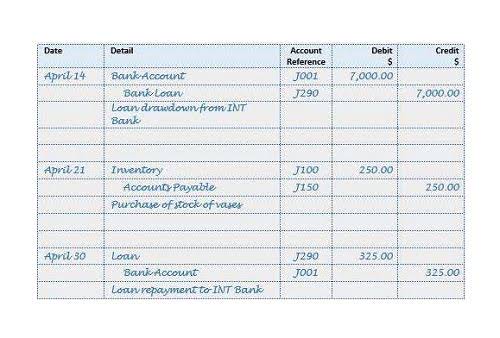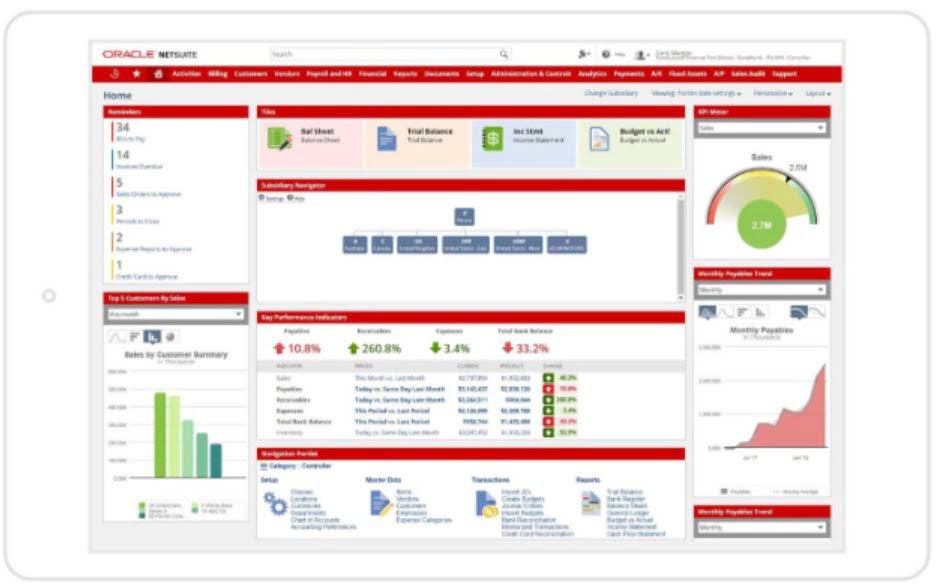
What Is a Statement of Shareholder Equity?

The shareholders’ equity can be calculated by totaling the assets and liabilities. First, the changes to common stock are reported as zero, in millions, which means there could have been $499,999.99 of stock issued left off this report because it is immaterial. The $89 million (rounded to the nearest million) in stock would equate to 1.78 billion shares (actually reported on the balance bookkeeping sheet at 1.782 billion). The statement of shareholders equity plays a significant role in corporate governance. Through this essential financial document, corporations uphold an important facet of good governance—transparency.

Is the statement of shareholders’ Equity Required Under GAAP?
From there, you might sell additional shares, streamline the circulation of shares, or distribute profits. Revaluation gains and losses recognized during the period must be presented in the statement of changes in equity to the extent that they are recognized outside the income statement. For example, a ratio like return on equity (ROE), which is a company’s net income divided by its shareholder equity, is used to measure how well a company’s management is using its equity from investors to generate profits.
#1 - Share Capital
- Some corporations also issued preferred stock and those corporations will have both common stockholders and preferred stockholders.
- If the dividend percentage on the preferred stock is close to the rate demanded by the financial markets, the preferred stock will sell at a price that is close to its par value.
- The adjustments that are made owing to changes in accounting policies and correction of errors in prior period.
- Moreover, if such initiatives do not yield anticipated financial returns, they could lead to a decline in total shareholders' equity.
- Our best expert advice on how to grow your business — from attracting new customers to keeping existing customers happy and having the capital to do it.
- Corporations routinely need cash in order to replace inventory and other assets whose costs have increased or to expand the business.
The balance sheet provides a snapshot of a company's finances at a moment in time. It cannot provide a sense of financial trends playing out within a company on its own. For this reason, the balance sheet should be compared with the other statements and sheets from previous periods.

Allowance for doubtful accounts
The Sales Forecasting value of Treasury Stock is the value of shares purchased/repurchased by the corporation. It is the gap between the number of shares issued and the number of shares outstanding. The difference between the authorized share capital and the issued share capital represents the treasury shares or the shares owned by the issuing corporation. It is one of the four financial statements that need to be prepared at the end of the accounting cycle.

- As you might expect, the big changes to retained earnings were net income and dividends.
- These revenues will be balanced on the assets side, appearing as cash, investments, inventory, or other assets.
- Notice that it is reported separately from retained earnings and separately from paid-in capital.
- This leaves a debit balance in the account Treasury Stock of $1,400 (70 shares at $20 each).
Understanding the interconnections between these statements is valuable for several reasons. Shareholders’ equity plays an intricate role in a company's corporate social responsibility (CSR) and sustainability initiatives. Together, these perspectives reinforce the importance of the Shareholders' Equity Statement in understanding a company's financial wellbeing, historical trends, and future potential. As it turns out, this document becomes pivotal for all parties involved for informed decision-making and strategic planning.
Notes to financial statements
A stock buyback, or share repurchase, occurs when a company buys back its own shares from the market. This reduces the number of outstanding shares and increases the value of remaining shares. Additional paid-in capital represents stockholders equity statement the excess amount paid by investors over the par value of the stock during issuance.




